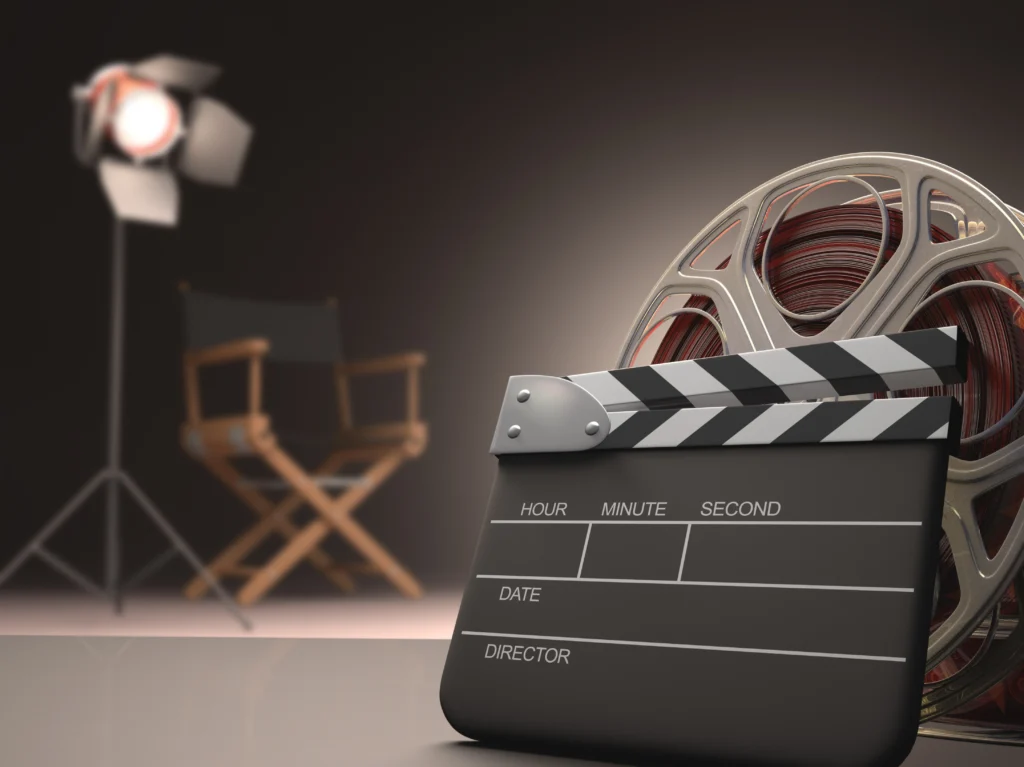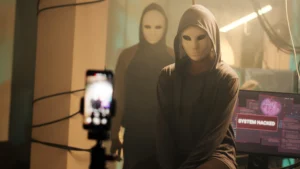
Fonts play a critical role in shaping the visual identity of movie genres. From the intense block letters of action films to the whimsical, cursive fonts in romantic comedies, fonts provide an instant clue to the audience about the type of experience they can expect. In this article, we’ll explore how fonts define movie genres, examining specific examples and understanding the psychology behind the typography choices in the film industry.
Action films are known for their fast-paced, adrenaline-fueled narratives. To reflect this, the fonts used in action movie posters and titles tend to be bold, aggressive, and impactful. These fonts often have sharp edges, heavy weight, and an imposing presence, creating a sense of urgency and excitement. Bold sans-serif fonts are typically chosen, as they convey strength, power, and speed.
For example, the “Die Hard” series uses a heavy, condensed sans-serif font that exudes intensity and aggression, perfectly capturing the high-stakes environment of the film. Similarly, movies like “The Expendables” and “Mad Max: Fury Road” feature fonts that are rough, distressed, and metallic, signifying chaos and danger.
The typography in horror films is designed to evoke fear, suspense, and dread. Fonts in this genre often feature irregular, jagged edges or dripping, blood-like effects, contributing to an unsettling and eerie aesthetic. Serif fonts are frequently used, but with added distortion, cracks, or texture that makes the text feel unnerving.
An iconic example of horror movie typography is the title of “The Shining”, which uses a blocky, clean sans-serif font with small spacing that contrasts with the unease of the film. Another example is the type used in “Halloween”—a thick, sharp serif font that emphasizes the menacing, cutting nature of the movie’s theme.
Sci-fi films explore futuristic or otherworldly concepts, and the fonts chosen in this genre often reflect technological or extraterrestrial themes. Clean, futuristic sans-serif fonts with geometric shapes, and digital or pixelated elements are commonly used. These fonts are usually sleek and modern, creating an association with advanced technology or alien civilizations.
For instance, the “Star Wars” franchise uses a bold sans-serif font that has become iconic in the genre, symbolizing intergalactic adventure. Similarly, movies like “Blade Runner” employ typography that is futuristic, often incorporating glowing effects, or minimalistic designs that give a sense of the dystopian or cyberpunk world depicted in the film.
Romantic comedies often feature lighthearted and whimsical storylines, which are reflected in their typography choices. Fonts in this genre tend to be soft, playful, and feminine, often featuring flowing script or hand-drawn fonts that convey a sense of warmth and fun. Serif fonts with rounded edges or cursive fonts are common, adding to the charming and affectionate tone of these movies.
For example, the “Love Actually” title uses a script font that feels elegant and romantic. Movies like “When Harry Met Sally” and “Notting Hill” also rely on warm serif or script fonts that invite viewers into a world of love, humor, and happy endings.

Thriller movies often build tension and suspense, and their fonts mirror this sense of unease and mystery. Bold sans-serif or serif fonts with sharp angles and high contrast are common, creating a sense of danger or urgency. Sometimes, the fonts are slightly skewed or distressed, giving a disorienting effect that mirrors the plot twists and psychological tension found in these films.
For example, the title of “Seven” uses a jagged, distorted font that hints at the dark, psychological nature of the film. Similarly, “Gone Girl” uses a clean sans-serif font with subtle imperfections that allude to hidden secrets and deceptive appearances.
Fantasy films transport audiences to magical, otherworldly realms, and the fonts used in this genre often reflect a sense of mysticism and adventure. Elaborate serif fonts, sometimes with medieval or calligraphic influences, are commonly used. These fonts are often highly decorative, with flourishes or ornate details that evoke the grandeur and enchantment of the fantasy world.
A prime example is the type used in the “Lord of the Rings” series, which features a flowing, ancient-looking serif font that matches the film’s epic scope and mythical setting. Similarly, the font for “Harry Potter” is a classic example of a fantasy font, with its sharp, lightning-like accents that allude to magic and adventure.
Animated films often appeal to both children and adults, and the fonts used in this genre are typically playful, colorful, and bold. These fonts tend to be highly legible, with exaggerated, rounded letterforms and bright colors to attract a younger audience. In some cases, the typography may mimic the animated style of the characters or world within the movie.
The “Toy Story” franchise is a perfect example, using a playful, blocky font that reflects the toy-centric nature of the film. Similarly, movies like “Shrek” or “Frozen” use fun, bubbly fonts that emphasize the lighthearted, imaginative nature of their stories.
The choice of fonts in movie posters and titles is far from random. Fonts are a critical element in defining the tone, mood, and genre of a film. From bold and aggressive typography in action movies to soft, flowing script fonts in romantic comedies, fonts provide a visual shorthand that allows viewers to instantly recognize the type of movie they’re about to watch. Understanding the relationship between font styles and film genres can offer deeper insight into how movies are marketed and how audiences are guided to connect emotionally with the content.
As we continue to explore the intersection of design and film, the role of typography will remain a crucial part of the moviegoing experience. Each genre has developed a distinctive typographic style that helps to communicate the themes and emotions of the film, ultimately enhancing the viewer’s overall experience.